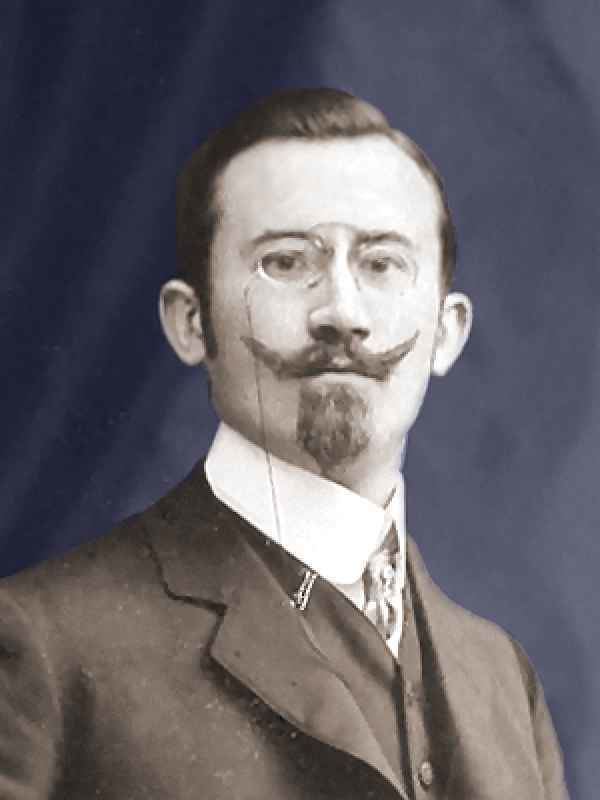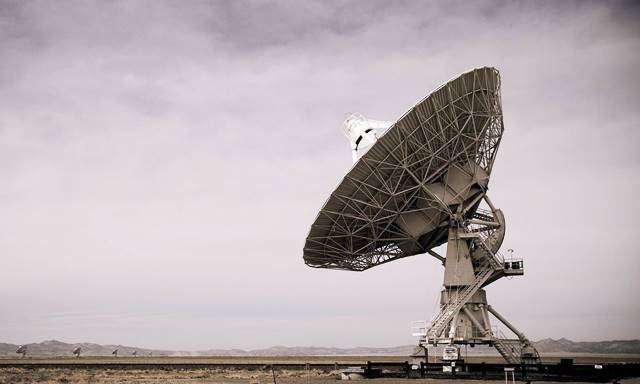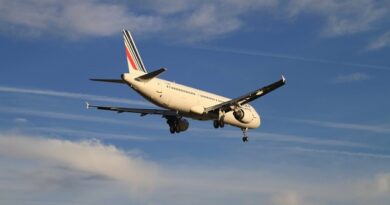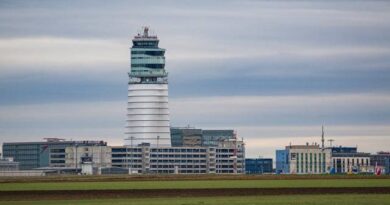The Evolution of Radars in Aviation
The Evolution of Radars in Aviation
Radars in aviation are and have been a very important subject in both civil aviation and military aviation. Radars help with lots of things in both commercial and military fields in aviation – especially with military fields. Although radars have a relatively short history, the improvements recorded in the field are worth looking into – and today, we will look into and inform you about the evolution of radars in aviation. However, before diving into the interesting history of avionic radars, first, we should tell you what a radar actually is.
What Is A Radar, And What Does It Do?
A radar (short for radio detection and ranging) is basically an electronic contrivance that spreads radio waves around, and fetches back the radio waves that were reflected from metal or similar surfaces. Although radars today can do much more than just detect metal surfaces, still, the main subject of radars hasn’t changed over almost a century.
Apart from sonic radars (the term used for radars that use radio waves as their main surveillance subject), engineers have also developed other types of radars over the years, such as infrared radars (which aren’t actually called infrared radars, they are rather called infrared search and track systems, but they fulfil the same function, just for a different purpose), and AESA radars (active electronically scanned arrays).
Further in this article, we will dive into what all these different types of radars do, and what they are used for, as well as how they function. But before that, we will tell you about how radars were invented.
The Short History of Radars
As we mentioned before, radars have a rather short history, with being around for just over 80 years. However, throughout this period of 80 years, they still managed to develop to a point where they are just irrevocable today.
In the 19th century, a German scientist named Heinrich Hertz, discovered that radio waves could reflect from certain surfaces, especially from metals. However, the advancement for radars or radio waves weren’t much more than that, at least in the 19th century.
Quarter a century later, in the early 1900s, the idea of radars was born, since radio waves that reflected from metal surfaces had a real use in those years.

In these years, another German scientist – Christian Hülsmeyer invented a device named “Telemobiloscope” that could detect ships in a relatively small area on the sea using radio waves. In the following years, similar “small” advancements were recorded in the field, and more and more ideas and inventions were born.
During World War I, there were a series of experiments on using radars to detect enemies’ vehicles, and there were quite a number of successful appliances for different military platforms. During World War I, first primitive versions of aerial radars such as sound mirrors were used by Germans and other nations. During this time, many European nations had developed devices called “Sound Mirrors”, which were basically devices that could perceive the noises made by the engines of planes. However, radars were still very new and unreliable toys for warring militaries at the time. So, after the first World War ended, most militaries had already forgotten about radars.
However, during the early 1930s, when they realised that there was going to be a second World War very soon, military inventors and engineers -once again- realised that they could detect the enemy’s deadly tanks, warships and planes (that were practically just big chunks of metal) from afar with the help of radio waves.
First successful (proper) appliance of a radar in aviation was during this period, just before World War II. Many advancements were made during the first World War, but these advancements hadn’t made radars a properly reliable military platform that governments were willing to allocate a budget for. But this time, radars started shining more than ever with new advancements. In the beginning of 1940s, a PPI (Plan Position Indicator) radar was invented, which was very useful compared to the previous radar applications. PPI radars were able to detect, and help the operator predict the possible position (or approach to a specific position) of an aeroplane.
During the war, PPI radars and other applications continued to be developed. Similar to World War I, Germans were the most successful at developing new radar prototypes and using them during the second World War too (although that still couldn’t help them win the war). Germans mainly used radars in their defences, when Soviet, British, and American planes were attacking their positions.
After the second World War ended, Americans and Soviets shared the bounty collected from the remains of the German Tyranny, which included very interesting and dangerous prototypes and projects. With the help of these bounties, and additional success of Soviet and American engineers, during the Cold War, radars gained many other uses, and evolved to almost something completely different.
Not only were radars kept being developed for military uses, but also Americans used radars for civil aviation for the first time during this period. After the rise of commercial flights, the United States (and the rest of the word) started using these newly developed radars to track civil aircrafts during commercial flights.
On the other hand, in the military part, new types of radars were still being developed. Starting from the early 1950s, experiments on infrared radars had started. During the 60s and 70s, first infrared radars were put to use in some aerial platforms in militaries.
Infrared radars were basically designed to track the infrared radiation that military planes were radiating. Infrared radars enabled pilots and radar operators to track their target more precisely and persistently.
During the same time, thermal infrared radars were being developed. Thermal infrared radars were basically thought to track targets continually, just like infrared and PPI radars, but they were found to be more useful in one specific field. Military engineers realised that they could develop target-tracking air-to-air missiles by implementing these infrared thermal radars into rockets.
AESA Radars
AESA Radars, just like infrared radars, were invented during the Cold War, specifically in 1963. These radars, contrary to infrared radars, were much more complicated and powerful, making them a main (and vitally necessary) radar platform for fighter jets and other similar military platforms.
The working principle for AESA radars were different from that of PPI or thermal/infrared radars. They were basically computer-controlled semi-automated arrays that collected and transmitted electronic beams. The main thing that made AESA radars very important was that the antenna of the radar was able to focus radial beams into one point without having to steer the antenna. This enabled the array to focus to and track several targets at once, very precisely and persistently too.
AESA radars, starting from the late 1960s, became the golden standard for many aerial military platforms, as mentioned before, especially for fighter jets.
Today, in addition to AESA radars; thermal radars, infrared radars, and other types of electronic radars are still being used (and developed) by militaries.
Sources
https://en.wikipedia.org/wiki/Radar
https://en.wikipedia.org/wiki/Airport_surveillance_radar
https://en.wikipedia.org/wiki/Active_electronically_scanned_array
https://en.wikipedia.org/wiki/Radar_in_World_War_II
https://en.wikipedia.org/wiki/Infrared_search_and_track
https://www.britannica.com/technology/radar/History-of-radar



